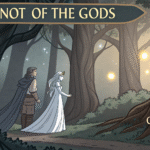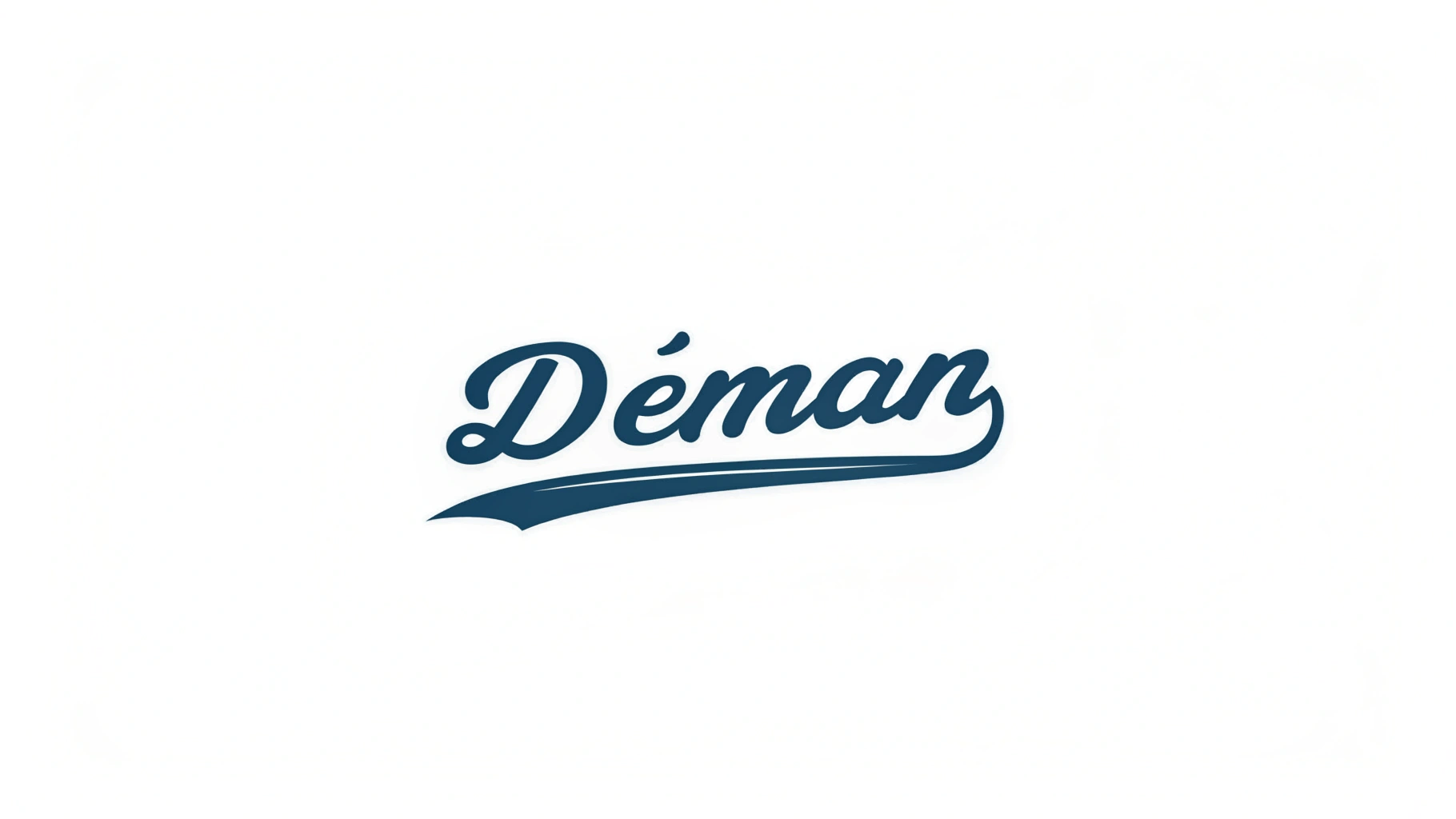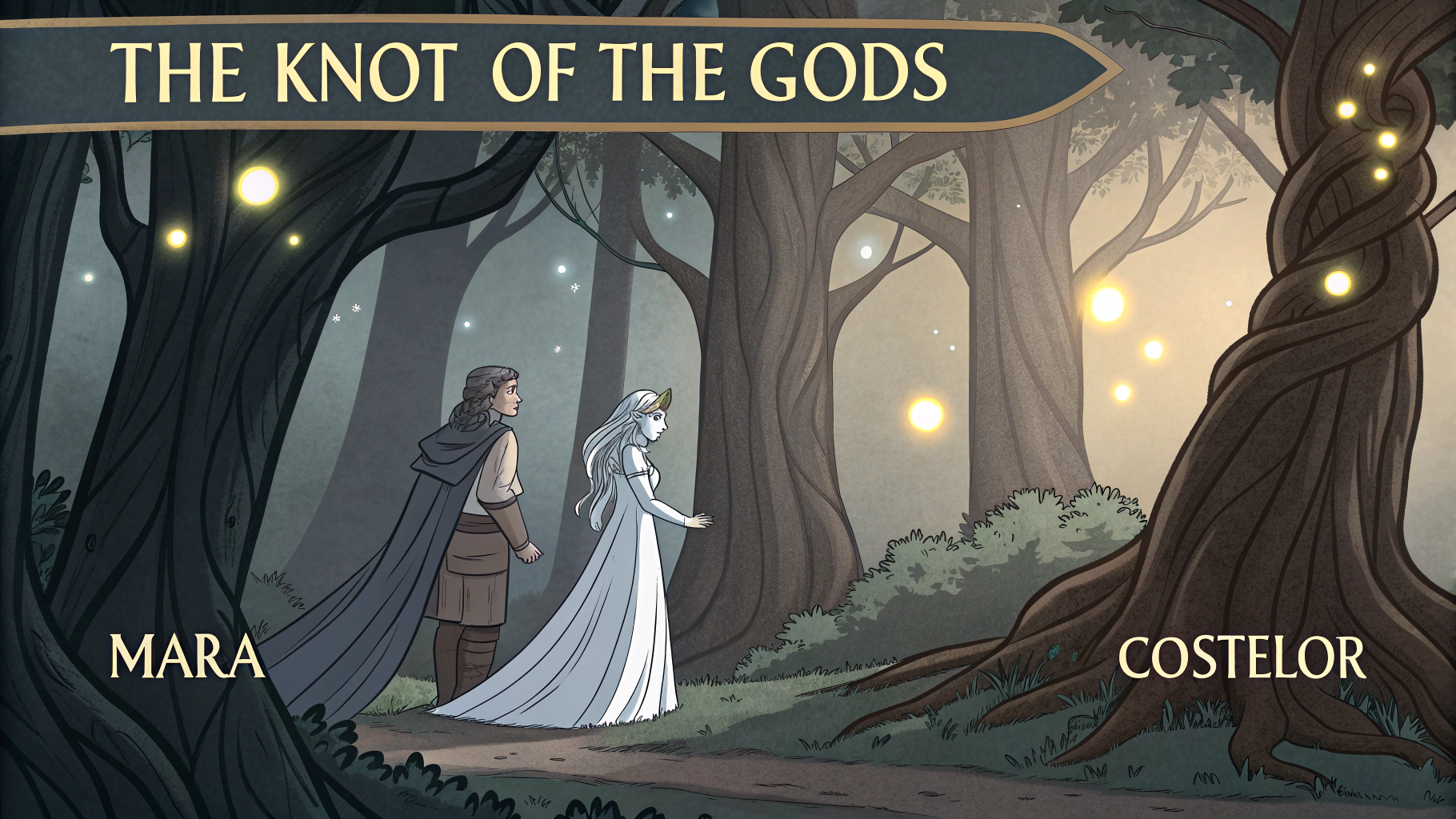The word “đeman” might sound unusual or unfamiliar to many people, but it holds cultural, historical, or even spiritual meaning in some regions or contexts.
Depending on the place or language, the term “đeman” may refer to a mythical figure, a spiritual entity, or a symbol used in folk traditions. In some cases, it might be a name or a concept https://www.tanzohubs.com/zizole-the-sweet-and-healthy-fruit/ misunderstood due to translation.
This article will explain what đeman means, its different uses, and why it matters in modern and traditional life. We will keep it simple, clear, and easy to understand.
What is Đeman?
The word “đeman” can have different meanings based on where and how it is used. In some Slavic, Balkan, or folk traditions:
- Đeman is a mythical figure, often described as a spirit, creature, or dark being.
- It may be related to stories about demons or magical beings.
- In other cases, “đeman” may refer to an evil or mischievous spirit, similar to how some cultures talk about jinns, ghosts, or goblins.
- It is not always meant to be evil—sometimes it’s seen as tricky or powerful.
In short, đeman is a term linked to mythology, superstition, and tradition, usually from older cultures.
Where Does the Word Đeman Come From?
Language and Roots:
- The word đeman could be a variation of “demon”, influenced by the Serbian or Bosnian alphabet where “đ” is used instead of “d” or “j.”
- It may come from oral stories, folk tales, or village myths passed down from generation to generation.
- Some believe it is a localized name for spirits that appear in night stories, forest legends, or cautionary tales.
Regional Usage:
- Found in Balkan folklore, possibly in Bosnia, Serbia, Croatia, or Albania.
- Sometimes used in songs, ghost stories, or superstitions in rural areas.
What Does a Đeman Look Like?
There is no one clear picture of a đeman, but based on stories:
- They may be described as shadowy beings, tall and thin.
- Some say they have glowing red eyes or can fly at night.
- Often linked with dark forests, caves, or haunted places.
- People might imagine them similar to a demon, ghost, or forest creature.
In short, the đeman is not something people see every day—it’s more of a feared presence.
Cultural Role of Đeman in Folklore
In traditional cultures, đeman is used in stories told to:
- Warn children about going out at night.
- Explain unexplainable things, like sickness or strange noises.
- Teach lessons, like not being greedy or rude.
- Protect sacred places by saying they are guarded by a đeman.
These stories may not be literally true but are important as cultural symbols.
Đeman in Religion and Belief Systems
In some rural beliefs:
- Đeman is treated like an evil spirit.
- People perform rituals or say prayers to protect themselves from a đeman.
- It may be blamed for bad dreams, missing objects, or illness.
Some religions do not mention đeman by name but talk about evil forces in general, which are similar.
Đeman in Modern Life
Today, the idea of đeman is not as strong as it was in the past, but:
- Some older people still believe in them.
- Others see it as part of their heritage or tradition.
- A few people write books, songs, or poems using the word đeman as a symbol of fear or power.
- In horror movies or local ghost stories, the name may be used to scare or entertain.
So while it is not part of daily life, đeman still lives on in some ways.
Is Đeman Real or Just a Myth?
This depends on who you ask.
- Science says đeman is a myth, like vampires or werewolves.
- Traditional cultures may believe they are real spiritual beings.
- Many people accept it as a symbol of fear, evil, or unknown forces.
- It is similar to how some believe in ghosts, witches, or spirits.
Whether real or not, it is a powerful part of storytelling.
Similar Words in Other Cultures
| Region | Similar Word | Description |
|---|---|---|
| Middle East | Jinn | Spirit beings with good or evil traits |
| Europe | Demon | Evil spiritual creature |
| Japan | Oni | Monster or demon in folklore |
| Africa | Tokoloshe | Dwarf-like evil spirit |
| South Asia | Churel, Bhoot | Ghosts or spirits of the dead |
This shows that many cultures have their own version of đeman.
How is Đeman Used in Modern Media?
Sometimes, đeman is used as:
- A character in horror films
- A nickname in games or forums (especially for dark, mysterious roles)
- A symbol in songs, poems, or graphic novels
- An idea in fantasy stories about battles between good and evil
Even if not taken literally, it still inspires fear or mystery in creative works.
Can You Protect Yourself from a Đeman?
In traditional belief systems:
- You can carry amulets or symbols of protection
- Say prayers or chants to keep evil spirits away
- Avoid going into haunted places at night
- Respect the rules of nature, like not cutting sacred trees
Again, these are based on old stories, not modern science.
Is Đeman a Good or Bad Spirit?
Usually, đeman is seen as a bad or mischievous spirit. But some tales say:
- Đeman only harms bad people.
- Đeman appears when people break spiritual rules.
- Some healers or priests can call or control a đeman.
So, while mostly negative, it’s not always evil for no reason.
Modern Interpretations of Đeman
Some people now say:
- Đeman is a symbol of inner fear, anxiety, or guilt.
- It represents the bad thoughts or urges inside us.
- It may be a way of teaching self-control or moral behavior.
So, in modern thinking, đeman can be both spiritual and psychological.
Đeman in Dreams
If someone says they saw a đeman in a dream, it could mean:
- They are scared or stressed
- They feel guilty about something
- They are fighting a “dark force” inside
- Or they just heard a scary story before bed!
In dream analysis, such figures mean inner struggles or fear.
Is the Term Đeman Still Used Today?
Yes, in some regions:
- Older people still talk about it.
- Some use the word as a joke or nickname.
- It’s found in folk songs https://fr.wikipedia.org/wiki/Songs , village stories, or old books.
So while it’s not very common, it’s not forgotten.
Conclusion
The word đeman may sound mysterious, but it’s full of meaning. Whether seen as a demon, spirit, or symbol of fear, đeman plays an important role in traditional stories and beliefs.
Even in modern times, it appears in books, games, and movies, keeping the legend alive. Some believe it’s real, others see it as myth, but its power as a cultural https://www.tanzohubs.com/hygropack-complete-guide-to-humidity-control-solutions/ figure is clear. By learning about đeman, we understand more about fear, belief, and how people explain the unknown.
Whether fact or fiction, đeman continues to live in the stories we tell.
FAQs
1. What is a đeman?
A đeman is a spirit or demon-like figure in Balkan and Slavic folklore, often used in ghost stories or superstitions.
2. Is đeman real?
There is no scientific proof, but some traditional cultures believe in its presence.
3. What does đeman do?
In stories, a đeman might scare people, protect sacred places, or punish bad behavior.
4. Is đeman always evil?
Usually yes, but some stories say it only harms those who break moral or spiritual rules.
5. Where is the word đeman used?
Mainly in parts of Eastern Europe like Bosnia, Serbia, or Croatia.
6. How can I stay safe from a đeman?
Old beliefs say to carry charms, avoid dark forests, and stay morally good.
7. What does it mean if I dream of a đeman?
It could mean you’re feeling fear, stress, or inner conflict.
8. Is đeman used in movies or books?
Yes, sometimes as a horror character or symbol of darkness.
9. Is đeman the same as a demon?
It is similar, but specific to some cultures and often used differently.
10. Why do people still talk about đeman today?
It remains a strong cultural idea that teaches lessons and keeps traditions alive.










